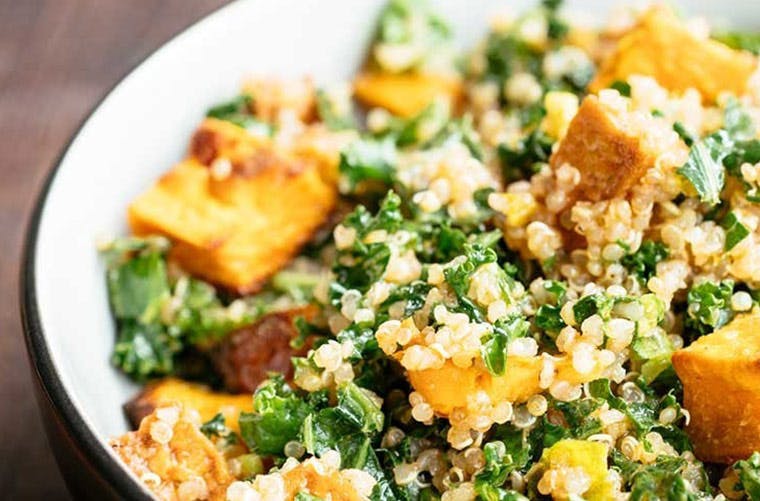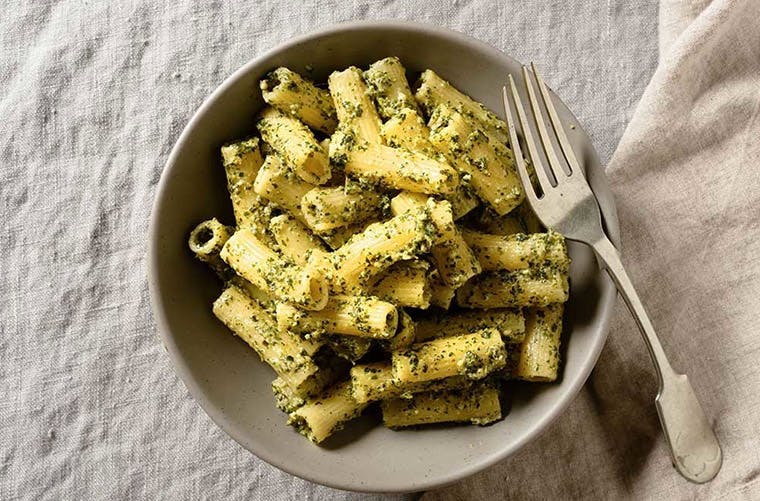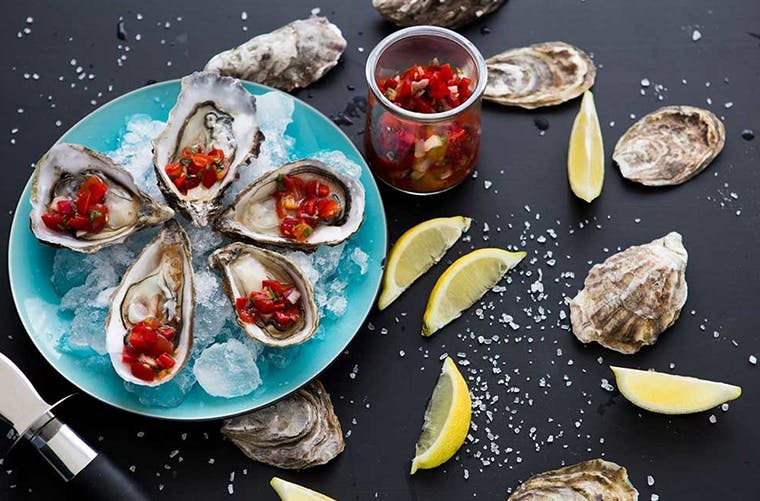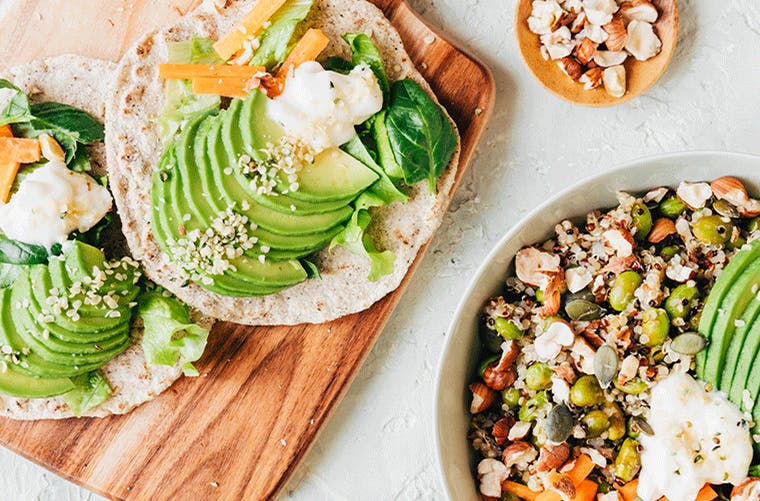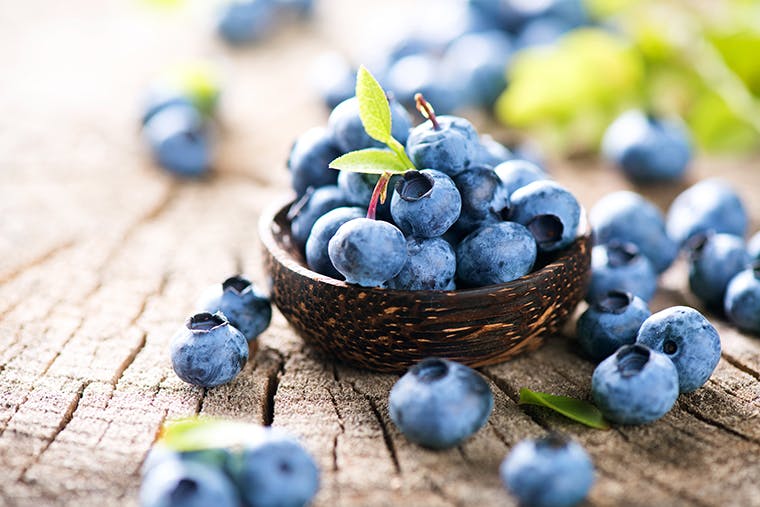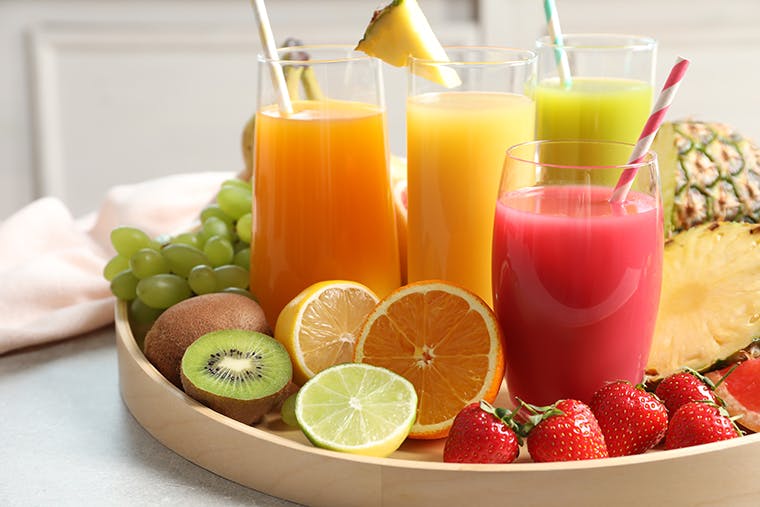Best Sources of Vitamin C for Kids
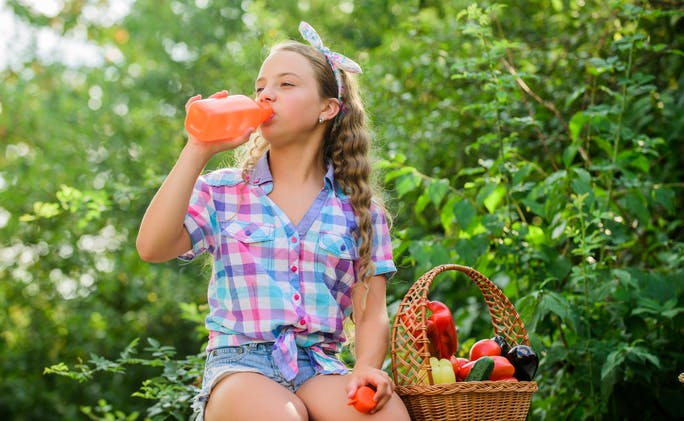
Some days, it can feel like all your kids eat is macaroni and cheese. Despite your best efforts, kids can be incredibly picky eaters, and convincing them to eat a bite of vegetables can feel like a superhuman effort.
However, if your little one seems to exist entirely on yogurt and peanut butter sandwiches, you may want to think about supplementing to make sure your child is getting all the nutrients they need — especially vitamin C, one of the most important vitamins for supporting growing immune systems.
Read on to learn about the ways in which vitamin C functions within your child’s body and the best sources of vitamin C for kids.
Functions of Vitamin C
Vitamin C, also known as L-ascorbic acid, is a water-soluble vitamin found in many of the foods we eat.3 Vitamin C is a remarkably versatile nutrient, and one of its most well-known functions is supporting the immune system.3
In the body, vitamin C works as an antioxidant and helps to protect our cells from free radicals and the damage they cause.4
The wonderful thing about vitamin C is that it can do more for the body than just support the immune system. In fact, vitamin C plays a role in:1,4
- Maintaining healthy skin and bones, collagen, cartilage, teeth and blood vessels, which are important for your child’s growth and development.
- Healing wounds and forming scar tissue.
- Producing carnitine, a chemical that supports the movement and breakdown of fatty acids that then generate energy for the body.
- Absorbing iron, another crucial element for growth and development.
Sources of Vitamin C for Kids
One of the other great benefits of vitamin C is that it can be found in a wide variety of foods, including:1,4
- Citrus fruits such as lemons, oranges, grapefruit, and clementines.
- Melons like cantaloupe and watermelon
- Tropical fruits like kiwi, mango and papaya
- Most berries, especially strawberries, raspberries and blueberries
- Vegetables in the brassica family like cabbage, broccoli, cauliflower and brussels sprouts
- Red and green bell peppers
- Leafy greens like spinach and kale
- Tomatoes and tomato juice
- Sweet and white potatoes
The best way to consume vitamin C-rich fruits and vegetables is by eating them raw, as cooking them for long periods of time can reduce the vitamin C content.4
How Much Vitamin C Should Kids Get?
The recommended dietary allowance, or RDA, of vitamin C has been developed by the Food and Nutrition Board at the National Academies of Sciences, Engineering, and Medicine, and is used to assess the nutrient intakes of healthy people of different ages.4
The RDA for vitamin C varies based on the age of the child:4
- 1 to 3 years old: 15 mg/day
- 4 to 8 years old: 25 mg/day
- 9 to 13 years old: 45 mg/day
- Girls 14 to 18 years old: 65 mg/day
- Boys 14 to 18 years old: 75 mg/day
The best way for your child to get the recommended amount of vitamin C is through a varied diet that contains a variety of fresh fruits and vegetables. Since vitamin C is found in so many foods, it can be easy for your kids to get enough — no matter how picky they may be. With breakfast, include a small bowl of sliced oranges to go alongside their cereal. For dinner, serve your kids broccoli or roasted sweet potatoes alongside their main meal to help ensure that they get their vitamin C.
If your child’s picky eating has you concerned that they’re not getting all their nutrients, there are dietary supplements available in addition to a healthy diet. Emergen-C Kidz Berry Bash Immune Support Gummies provide immune support* with vitamin C and include great-tasting berry flavors. For on-the-go immune support*, try Emergen-C Kidz Crystals, which deliver 250mg of vitamin C per stick pack. Talk to your healthcare provider before giving your children dietary supplements, and make sure that the type and dosage of supplements are appropriate for their age group.2
*These statements have not been evaluated by the Food and Drug Administration. This product is not intended to diagnose, treat, cure or prevent any disease.
SOURCES
- Vitamins. Johns Hopkins All Children’s Hospital. https://www.hopkinsallchildrens.org/Patients-Families/Health-Library/HealthDocNew/Vitamins-(1). Accessed 8/22/23.
- Should I give multivitamins to my preschooler? Mayo Clinic. https://www.mayoclinic.org/healthy-lifestyle/nutrition-and-healthy-eating/expert-answers/multivitamins/faq-20058310. Accessed 8/22/23.
- Vitamin C. Oregon State University. https://lpi.oregonstate.edu/mic/vitamins/vitamin-C. Accessed 8/22/23.
- Vitamin C. Medline Plus. https://medlineplus.gov/ency/article/002404.htm. Accessed 8/22/23.
- Free radicals, antioxidants and functional foods: Impact on human health. National Library of Medicine. https://www.ncbi.nlm.nih.gov/pmc/articles/PMC3249911/. Accessed 1/3/24.





